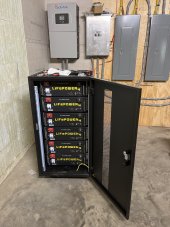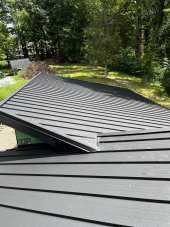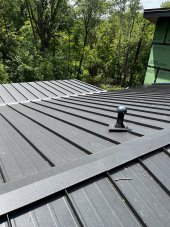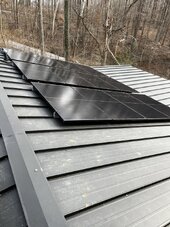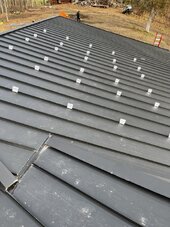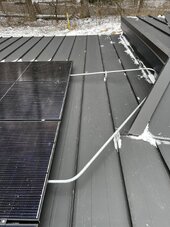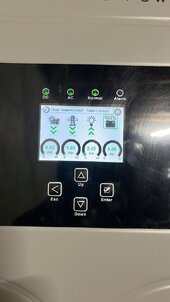Hi, I'll try to explain it as I understand it, not using the manual as a reference.
Limited to home means you can power your panel connected to the LOAD input, but also supply some of the power to the panel in front of the device. That could look like this.
Meter --> Main Panel --> Sol-Ark --> Load Panel off of the Sol-Ark load output.
---------------------------------------------------------------
Limited to load, is where you power only the load side of the Sol-Ark and don't attempt to off-set the usage on the "main" panel. That could look like this.
Meter --> Disconnect --> Sol-Ark --> Load Panel off of the Sol-Ark
You can have different physical configurations. For example, you could still have a main panel, but not attempt to offset the usage on it. You need the CT's installed for limited to home because it is attempting to offset usage on a panel that doesn't pass through the load terminal of the Sol-Ark. It senses the power usage going to the panel that is not on the LOAD side of your Sol-Ark and can supply power to offset that panel as well. I have mine set up on limited to Load, since the 15k is hooked up to the main panel directly, and there is no emergency loads sub panel.
Definitely refer to the manual too, but I took a crack at an explanation in case it helps.
